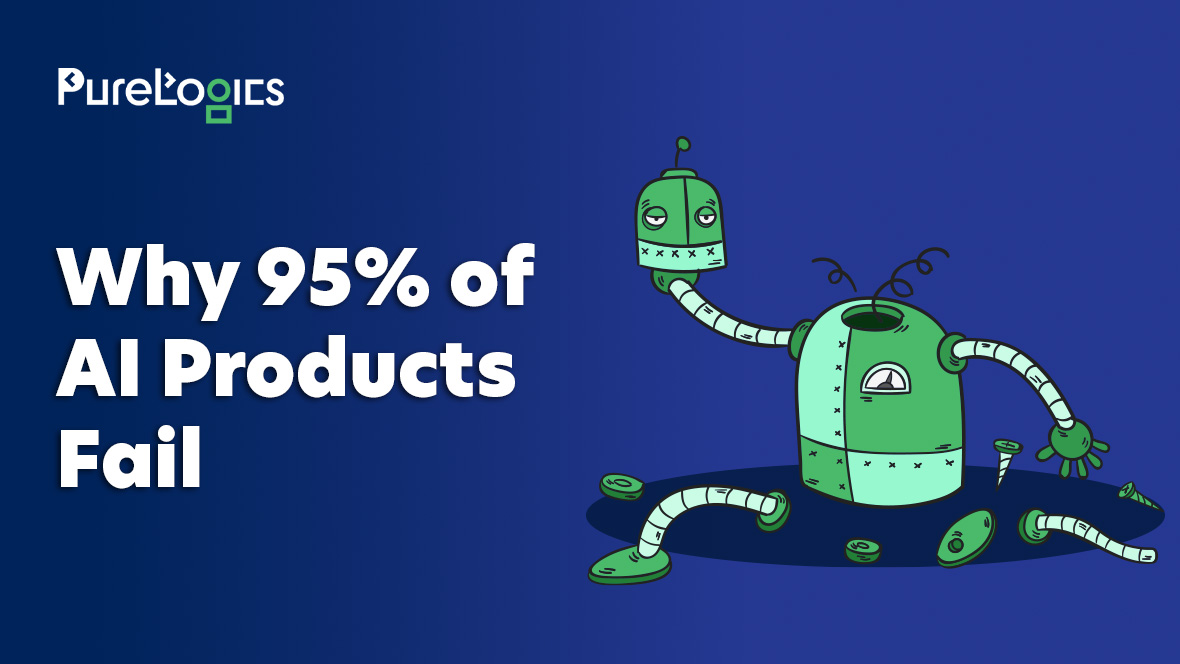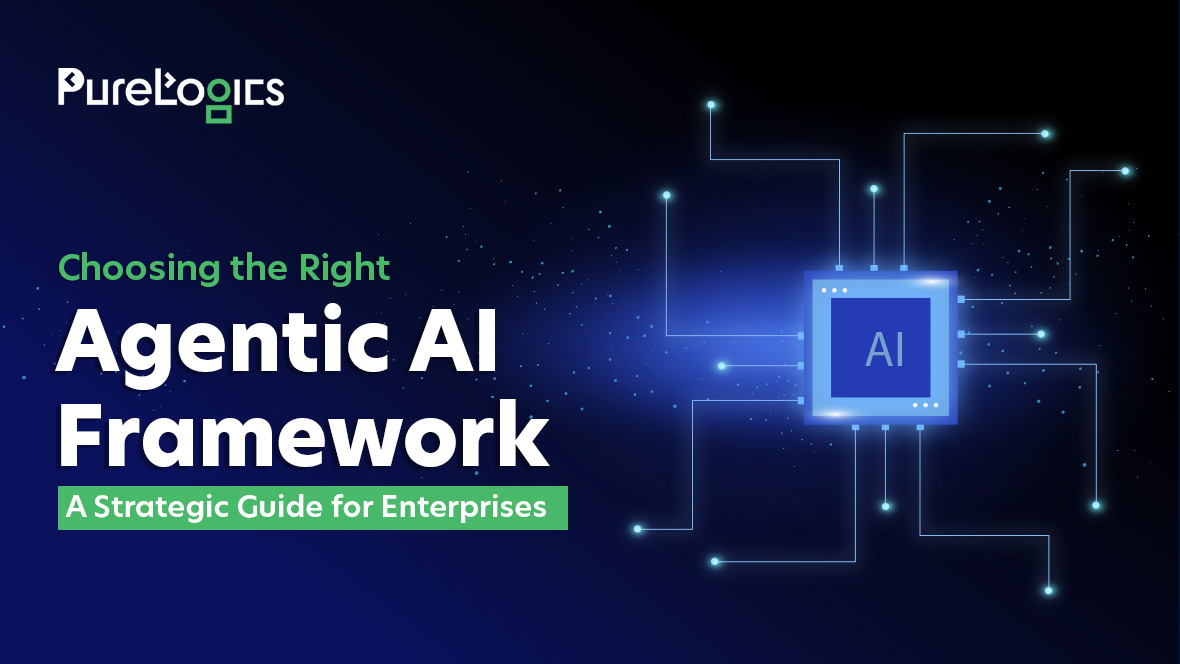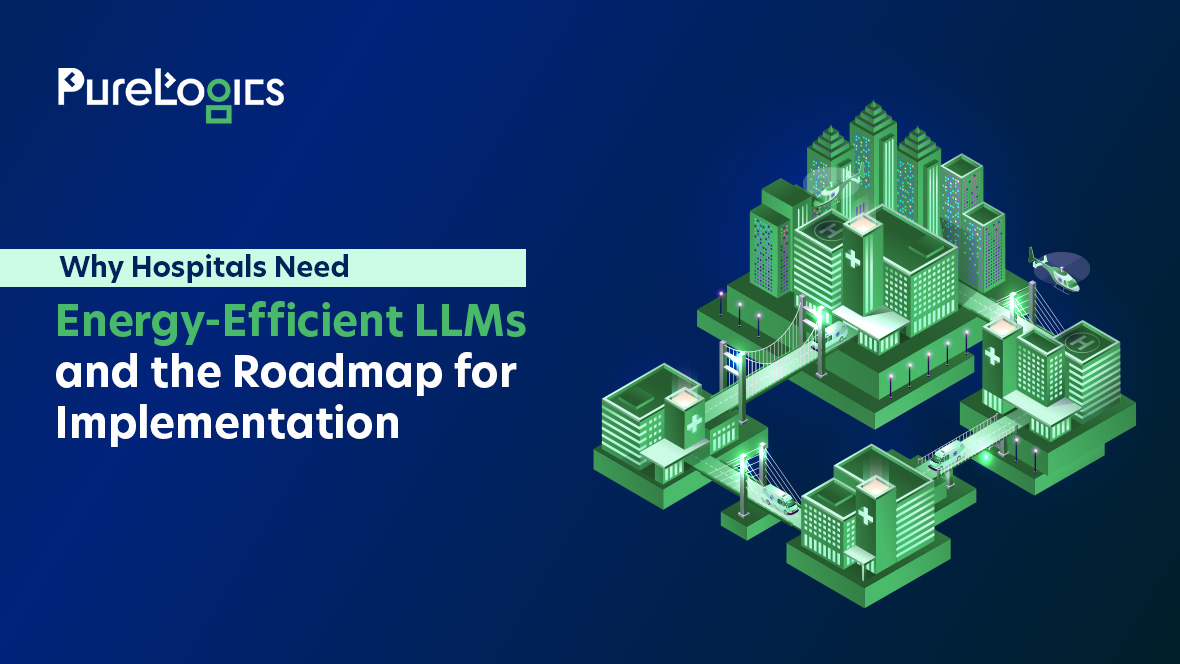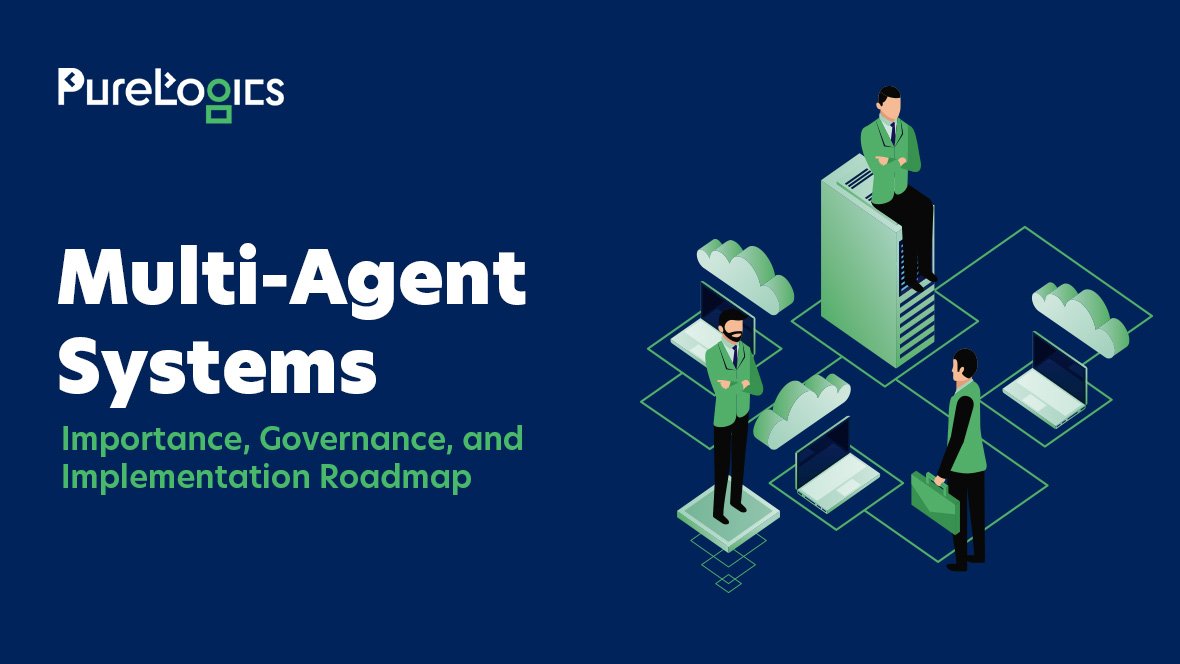Development teams around the globe have started adopting the possibility and excitement of using the latest AI tools to build software. Popular coding assistants such as GitHub Copilot and generative models can accelerate development unprecedentedly, and developers are embracing these tools – irrespective of whether management has officially approved them.
As your technology team considers top ways to adopt this latest technology, this shift might feel Deja vu. About ten years back, with the cloud’s introduction, teams had similar questions like innovation, new speed level, etc.
Cloud transformation altered software development in numerous ways, forcing teams to enhance processes and boost their velocity while dealing with emerging technology such as containers and infrastructure-as-code.
Similarly, AI technologies will transform the way we develop software. Developers can utilize AI to produce code with greater speed than writing it manually. We witnessed the exact boost in efficiency and speed when cloud transformation was introduced.
However, tech leaders are quite familiar with the increasing pains linked with this sort of technology shift, like confusion regarding ownership and new security threats. While AI is considered a big leap for specific enterprises, it’s not similar to other shifts we’ve experienced in the past. The lessons learned from the transformation to the cloud a decade ago can help us with the changes we face with rising technology today.
Contact Us Today
Get in touch to learn more about our services and how we can help you.
Top 3 Lessons Learned from Cloud Transformation
For various companies, cloud transformation resolved existing issues. Inefficient handoffs within legacy tools or teams might’ve gone overlooked in an on-site environment. However, teams couldn’t screen these inefficiencies once enterprises shifted to the cloud. Companies quickly figured out the need to evolve in these three areas.
Adopting DevOps Tools

As companies shifted to a cloud DevOps methodology, they instantly realized that various current tools built for in-site environments wouldn’t suffice. Security teams are required to move to fast-paced and smart tools in an iterative DevOps technique, if not then they’d frustrate development teams and impact enterprise efficiency.
To adjust to this new speed of change, companies leaned on DevSecOps, integrating security testing across the software development lifecycle instead of waiting for the end to test the process. Transitioning to this approach meant that teams were required to adopt purpose-built & new tools for the cloud and discontinue the use of traditional tools. This should be tested instantly, align with agile processes such as CI/CD, and work smoothly with cloud-focused functions such as open-source code and containers.
Lesson learned: To adopt digital transformation, embrace purpose-built tools that are suited for new technologies and can seamlessly fit within agile workflows.
With today’s latest AI technologies, you need the appropriate tech stack. Teams must consider adopting tools based on the unique elements of AI-generated code, with features including labels for characterizing AI-generated vs. Human-written code.
Building Integrated Processes
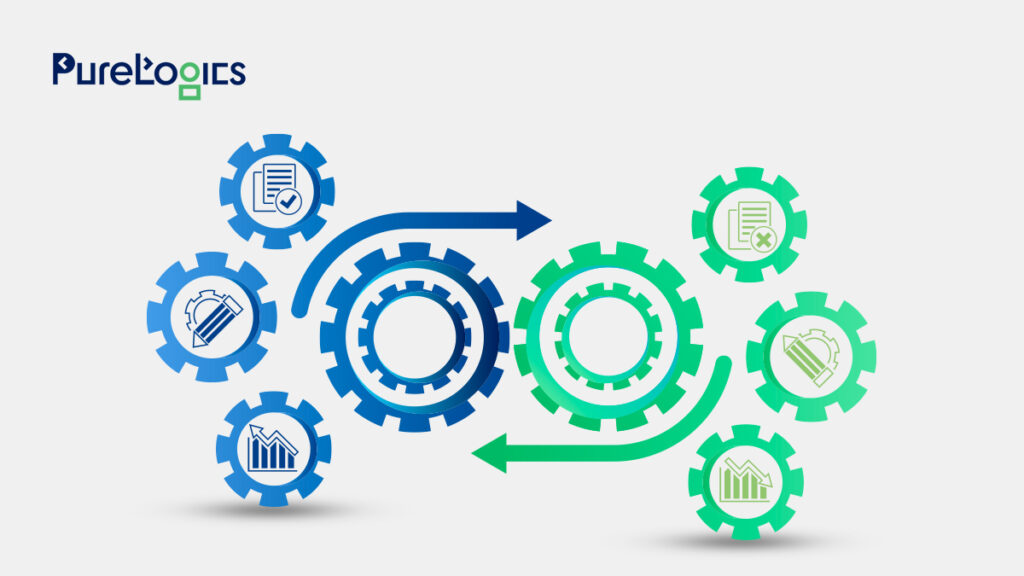
Being part of transforming from a waterfall model to a DevSecOps methodology, teams needed to fill process gaps, including integrating security testing to development workflows. It was essential to hand off all stages of development seamlessly, with minimum context shifts.
For instance, development teams started to use processes and security tools that integrated with simpler development tools e.g. repositories, CLIs, and CI/CD tools. With smooth integrations, teams ensure a more thorough approach, letting teams use the cloud to its complete potential for collaboration and velocity.
Lesson learned: To streamline digital transformation, fill process gaps by integrating security within current developer workflows and reducing context shits.
Utilizing AI securely also demands integrated processes, for example, implementing a security companion that aligns with existing generative AI workflows. Even after using AI for better velocity, a developer needs to take additional steps to protect their AI-generated code. Then what’s the point of all this?
Encouraging Shared Ownership
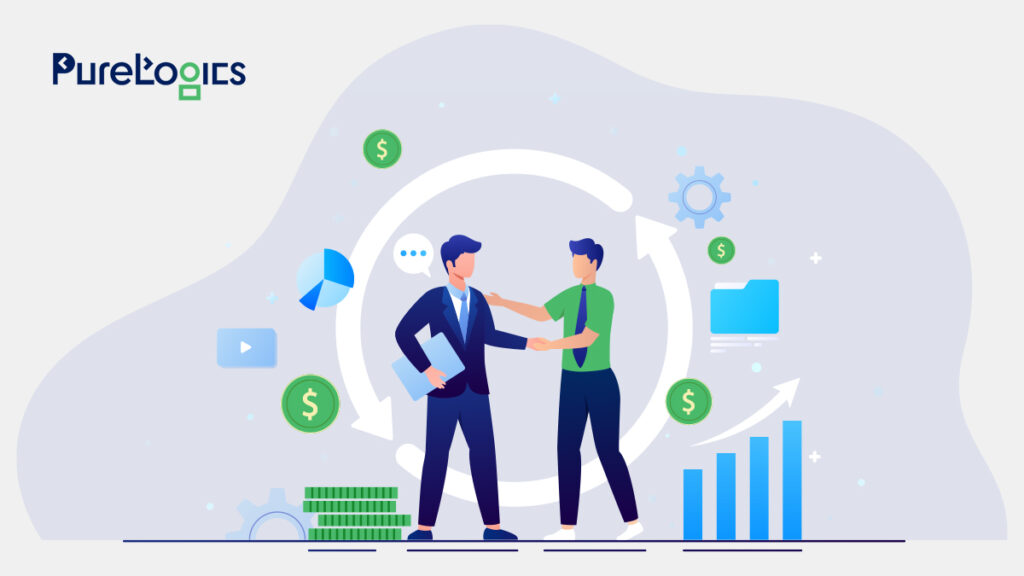
Cloud migration means shared ownership gives a different perspective to different organizations. For instance, IT infrastructure shifted from an IT team-owned physical structure to an infrastructure-as-code that required provision from development teams. These teams are required to take possession of security in the entire software lifecycle, trying to detect and resolve issues within their code.
To tackle this shared ownership for numerous facets of the SDLC, enterprises started to build cloud centers for security and excellence champion programs. The following training programs enabled teams to collaborate in creating high-quality and secure apps in a cloud environment.
Lesson learned: To adopt digital transformation, launch centers and programs of excellence to provide best practices among the organization.
To embrace AI without affecting quality or security, development teams of this age should also consider training programs that highlight AI best practices.
Adapting to the Advancement of AI
Artificial intelligence is doing precisely what the cloud did a decade ago – supercharging organizations’ ability to create apps more efficiently and quickly. However, comparable to cloud migration, companies must take purposeful steps to adjust to these changes securely and seamlessly.
PureLogics is a trusted AI service provider in the global market. We have top AI engineers who can transform your costly practices into an automated, insusceptible system. We integrate AI and cloud computing with top-notch security practices to offer smart solutions that can transform your organization for the better. Get in touch with our experts today!
Contact Us Today
Get in touch to learn more about our services and how we can help you.


 [tta_listen_btn]
[tta_listen_btn]
 June 10 2024
June 10 2024


